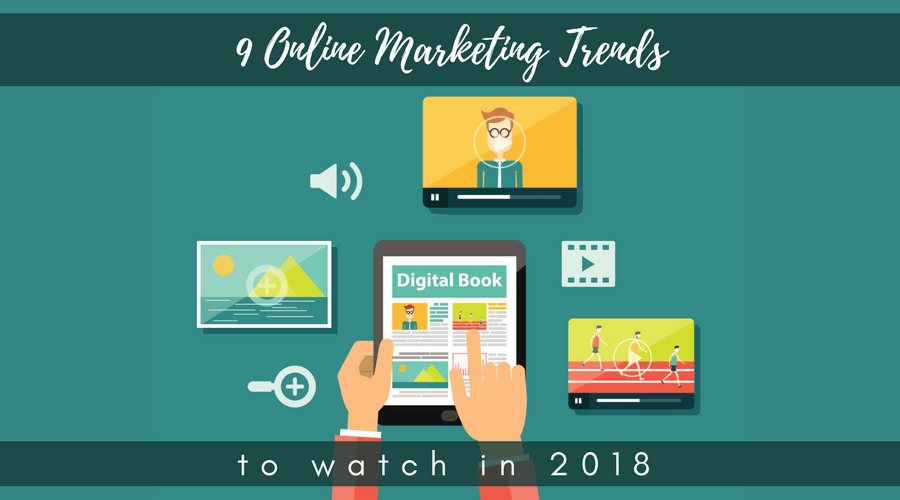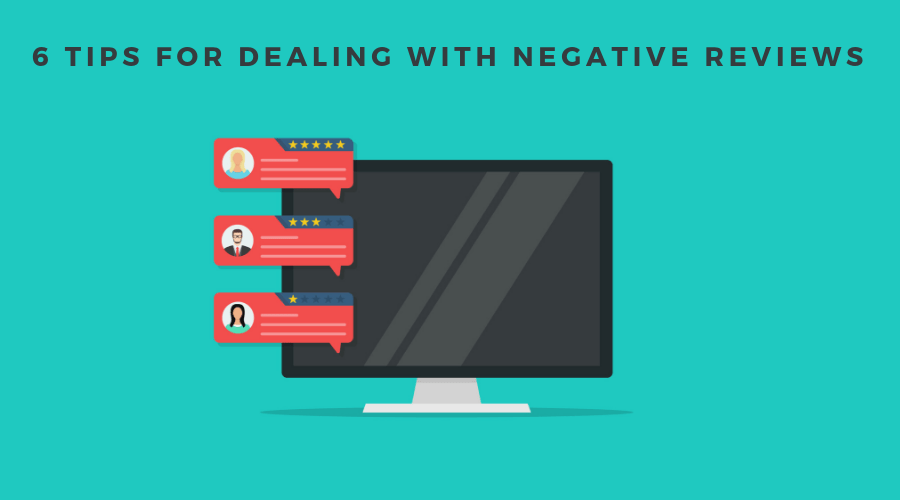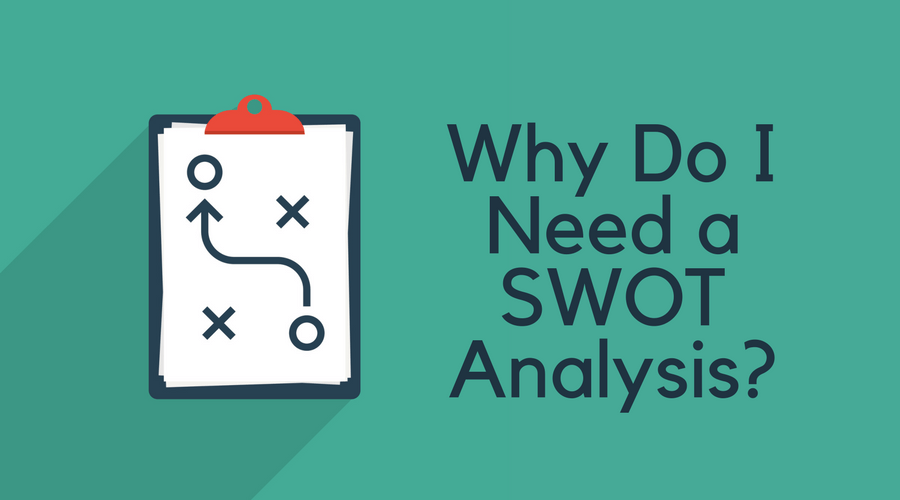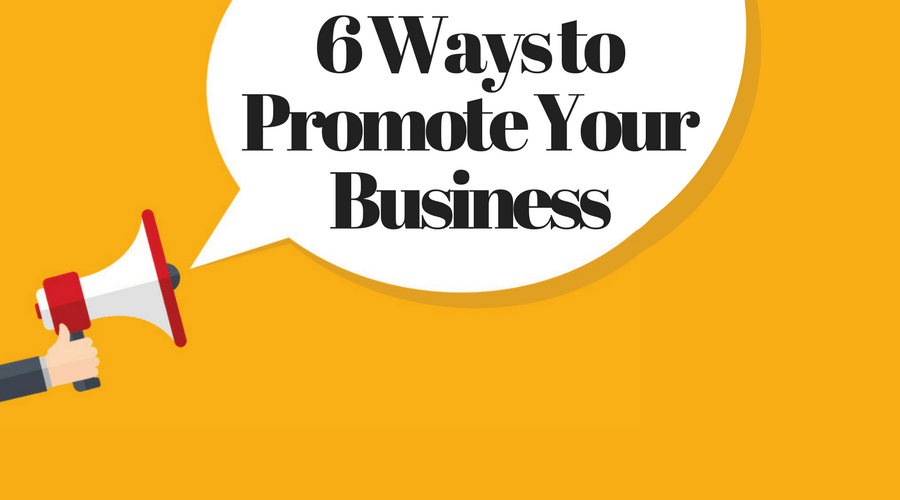9 Online Marketing Trends to Watch in 2018

As a small business owner, you likely handle your company’s marketing by yourself. It’s a lot to keep up with, especially when technology is constantly changing, and new trends seem to pop up out of nowhere. To help you take control of your company’s marketing, check out these online marketing trends for 2018.
1. Big data
Big data isn’t just for large corporations anymore – it’s now cheaper and easier to access. More ad platforms, like Google Ads and Facebook Ads, are including big data in their infrastructure. You can use that information to advertise to consumers and attract new customers better.
2. App capitalization
Consumers are reliant on their apps – they can’t get anywhere without Google Maps or cook anything without Pinterest. So, more and more brands are starting to purchase ad space on popular apps.
3. Smart content & native ads
Banner ads are becoming a thing of the past and being replaced by native ads. Native ads have a natural placement, so they get more exposure, are more engaging, and are far less annoying than traditional banner ads. They’re also becoming essential if a company wants their ad to be seen by someone who has an ad blocker. In 2018, more companies are going to start using cookies to track consumers’ actions and create native ad content that even better engages their audience.
4. Micro-moments
According to Google, a micro-moment is anything that drives a customer to use their mobile phone or tablet on the fly. It could be to learn something, go somewhere, do something, or buy something. Understanding micro-moments requires more in-depth demographic research, but it could help you determine how your customers are interacting with your brand on their phones.
Read also: What is a Micro-Moment?
5. Artificial intelligence
Artificial intelligence (AI) can help you analyze consumer behavior and give customers individual and personalized experiences, which they desperately want. A great way to add AI to your marketing strategy is to create and use chatbots. It’s becoming easier than ever to create chatbots, which allow you to have personalized conversations with consumers, without hiring dozens of support representatives.
6. Live video
Live videos make a huge impact on consumers. They currently get about two-thirds of all internet traffic and are expected to get 82% of all internet traffic by 2020. Live videos give you the chance to interact with your audience directly and get feedback in real-time. You can address questions as your customers are asking them. Social media platforms, like Facebook and Instagram, make it easy to start incorporating live videos into your marketing strategy.
7. Micro-influencers
If you’ve been considering using influencer marketing to promote your business, but don’t have the money to buy a celebrity’s endorsement, then 2018 is your year.
Micro-influencers (individuals who have between 1,000 and 100,000 followers on social media) are becoming more and more popular. Consumers find micro-influencers more relatable than celebrities, and micro-influencers have better relationships with their followers. So, their followers are more likely to take their recommendations and purchase your products or services.
A lot of micro-influencers will only promote items or brands that they would actually use anyway, so their posts are authentic and don’t feel like an ad.
Read also: Here’s Everything You Need to Know About Micro-Influencers
8. Content marketing
Content marketing (like blogs, videos, and social media posts) has been a top marketing strategy for years, and 2018 is no different. There’s a reason for that – content marketing isn’t costly and piques people’s interest in your brand so you can build relationships with them. If you’ve already been using content marketing, examine the content you already have. Determine if it’s still relevant and if you’ve clearly defined your audience.
Read also: 9 Reasons Your Small Business Needs Content Marketing
9. Targeting Generation Z
Generation Z (anyone born in the late-1990s to the mid-2000s) is starting to have more buying power, so don’t forget to include them in your marketing strategies. Keep marketing to previous generations, but remember that marketing to each generation requires different techniques.


